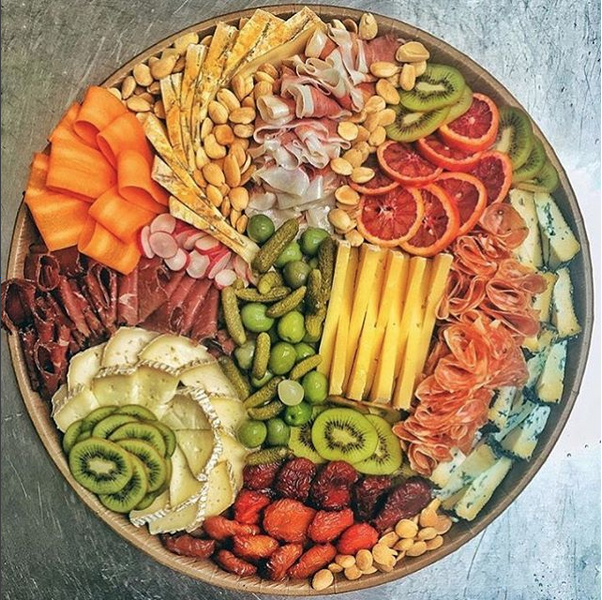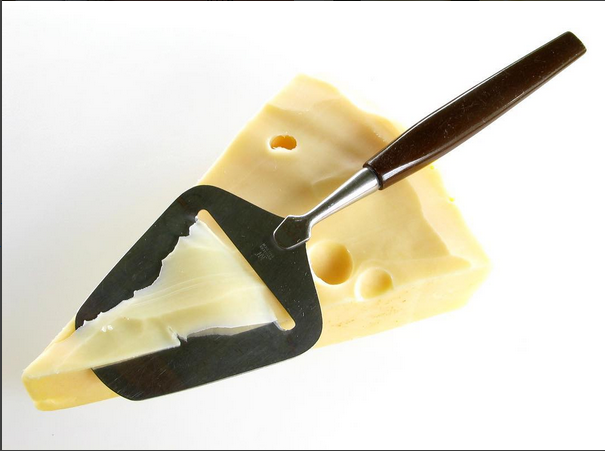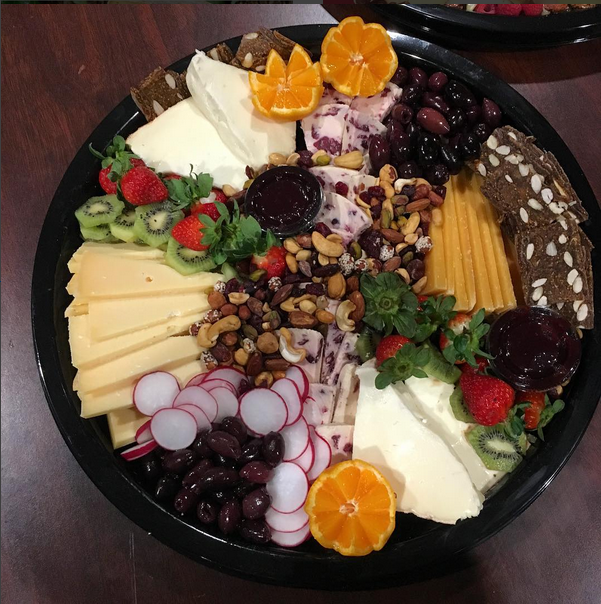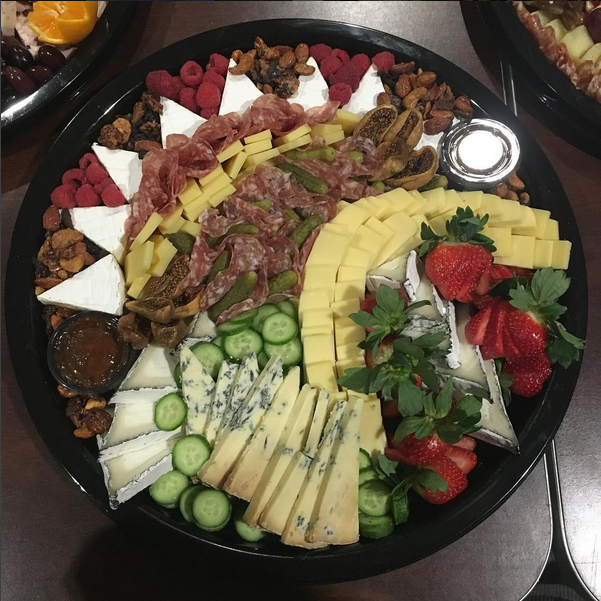Perhaps you’re thinking of entertaining at home or you’re planning a dinner party and want to include a cheese course, and you have no idea where to start. Or perhaps you know a bit about cheese, but would love an expert to weigh in on your choices. We consulted with Lilith Spencer, from Cheesemongers of Santa Fe & 2016 San Francisco Cheesemonger Invitational Champion to share her best pointers on entertaining with cheese. — Carlos Yescas, Oldways Cheese Coalition program director
I absolutely love building cheese platters. However, when it comes to assisting customers in their own endeavors, I find that folks tend to be terrified of the DIY cheese plate. Usually, this fear is rooted in a couple different questions:
- What’s “supposed to” go together?
- How do you portion & display the cheeses?
Here’s the truth about pairings: there are no rules. Rules can prove useful, but it’s also fun to break them — don’t worry, I’ll help you out with some advice so that you aren’t at a loss when you stare at endless shelves of pickles, preserves, crackers, and condiments.
Try this: When shopping for your cheese board, don’t think of it as cheese. Instead, think of it as an amalgamation of familiar flavors. Take Brie: In its youth, it tastes of sweet cream; it butters your palate. Instead of thinking, “What goes with Brie?” I invite you to think about what you might eat with something similar, say, whipped cream: fresh & preserved berries, pies — citrusy, chocolatey, or other crust-enveloped fruit — or, to take a more savory route, what you’d enjoy with a slathering of butter: fresh radishes, for example. Let these ideas guide you. No one expects you to bake a whole pie just to pair with a lil’ piece of Brie, but you can connect the dots by choosing a sweet, biscuity cracker & topping it with something dessert-like: lemon curd or even a drizzle of fudge sauce. Riper Brie can take on flavors of wild mushrooms or roasted broccoli, so think about what you’d eat with those foods: roast beef? Try bresaola. Mashed potatoes?
Speaking from experience, ripe Brie is magic on a potato chip. I, for one, enjoy herbaceous flavors with my fungi, so I might select rosemary crackers or a fennel-studded salami to go with a mushroomy Brie. Next time you’re searching for potential pairings, consider what other foods your cheese is reminiscent of, and pair based on that — don’t get hung up on whether or not a particular condiment is “meant to” go with a particular cheese.
Okay, logistics: Unless you have a wire box cutter at home, you’ll have a tricky time producing thin, identical slices of harder, drier cheeses. That’s okay! You can buy one online. If, when you wedge your knife into a cheese, it splinters & crumbles, yield to its tendencies. Use the tip of your knife, sinking it into the cheese then prying it away, to liberate nuggets from a hunk. You can crumble the whole piece, or leave a glacier-like chunk of it as-is so that the crumbles appear to be cascading from it.
This also applies to blue cheeses, which you can crumble easily with your fingers. If you’re serving a small, whole wheel of something quite soft, don’t force it apart into sticky pieces that will sink & settle into a gooey mess. Instead, halve the wheel laterally. This creates two bowl-like discs, making it easy for your guests to see the paste within and leaving them less afraid of the rind they aren’t sure they can eat (hint: the answer is usually yes).
When it comes to cheeses that do slice well (ones that are semi-firm & smoother in texture), use a chef’s knife to slice triangles from a wedge, or rectangular matchsticks from a slab. You can stack them, fan them out, or line them up; the repetition of the shape will create a pleasing pattern no matter how you arrange them…just avoid deli-style cheese cubes.
When it comes to building your platter, think about two things: implied pairings & color contrast. Now that you’re a pro at coming up with innovative combinations, use the power of suggestion to guide your guests by putting compatible components next to each other. Snuggle that wedge of baby Brie against a pile of biscuits & a dish of lemon curd; surround a pile of port-soaked figs with hearty crumbles of strong blue cheese.
To create a bountiful display and make your cheeses stand out, frame these little vignettes by filling the gaps between each one with nibbles & bits that partner well with pretty much everything — olives, marcona almonds, grapes — they’ll provide colorful contrast among all of those creamy, yellowed cheese hues. Your guests will find your cheese board both beautiful & intuitive — form & function at its tastiest!”












Leave a comment